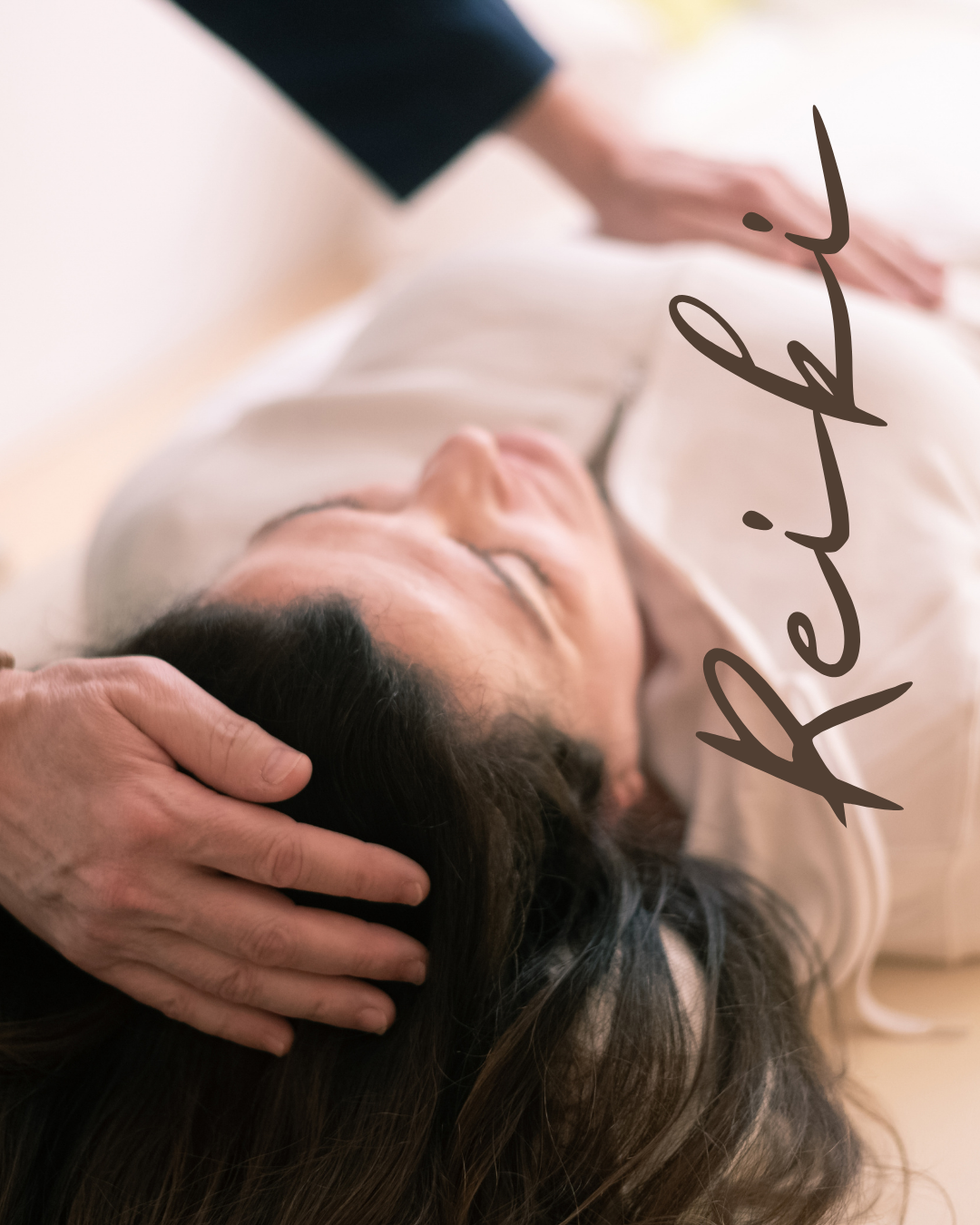 Image 1 of 1
Image 1 of 1


30 Minute Reiki Session
A Reiki session is therapy where a practitioner channels energy through their hands to promote relaxation and healing. During the session, the client typically lies on a massage table, fully clothed, while the practitioner places their hands on or just above specific areas of the body, often starting at the head and moving down to the feet. The session aims to clear energy blockages, reduce stress, and promote overall well-being.
What to expect during a Reiki session:
Initial Consultation:The practitioner may briefly discuss your health concerns and intentions for the session.
Positioning:The client lies comfortably on a massage table, fully clothed.
Hand Placement:The practitioner will gently place their hands on or above various points on your body, holding each position for a few minutes.
Energy Flow:The practitioner channels energy, often described as a tingling sensation, warmth, or coolness, into your body.
Relaxation:Many people experience deep relaxation, and some may even fall asleep during the session.
Post-Session:You may feel relaxed, refreshed, or even a little tired. It's often recommended to drink water and take it easy after the session.
What Reiki is not:
A cure for diseases:Reiki is not a substitute for medical treatment, but rather a complementary therapy.
Massage therapy:Reiki does not involve massage or manipulation of the body.
Religious practice:While Reiki is spiritual in nature, it is not tied to any specific religion.
Potential benefits of Reiki:
Stress reduction:Deep relaxation and stress relief are common experiences during and after a Reiki session.
Pain relief:Some individuals report decreased pain and muscle tension.
Improved sleep:Reiki can promote relaxation and help improve sleep quality.
Emotional well-being:Many people find Reiki helpful for managing stress, anxiety, and emotional imbalances.
Complementary therapy:Reiki can be used alongside conventional medical treatments for various conditions.
Book below!
A Reiki session is therapy where a practitioner channels energy through their hands to promote relaxation and healing. During the session, the client typically lies on a massage table, fully clothed, while the practitioner places their hands on or just above specific areas of the body, often starting at the head and moving down to the feet. The session aims to clear energy blockages, reduce stress, and promote overall well-being.
What to expect during a Reiki session:
Initial Consultation:The practitioner may briefly discuss your health concerns and intentions for the session.
Positioning:The client lies comfortably on a massage table, fully clothed.
Hand Placement:The practitioner will gently place their hands on or above various points on your body, holding each position for a few minutes.
Energy Flow:The practitioner channels energy, often described as a tingling sensation, warmth, or coolness, into your body.
Relaxation:Many people experience deep relaxation, and some may even fall asleep during the session.
Post-Session:You may feel relaxed, refreshed, or even a little tired. It's often recommended to drink water and take it easy after the session.
What Reiki is not:
A cure for diseases:Reiki is not a substitute for medical treatment, but rather a complementary therapy.
Massage therapy:Reiki does not involve massage or manipulation of the body.
Religious practice:While Reiki is spiritual in nature, it is not tied to any specific religion.
Potential benefits of Reiki:
Stress reduction:Deep relaxation and stress relief are common experiences during and after a Reiki session.
Pain relief:Some individuals report decreased pain and muscle tension.
Improved sleep:Reiki can promote relaxation and help improve sleep quality.
Emotional well-being:Many people find Reiki helpful for managing stress, anxiety, and emotional imbalances.
Complementary therapy:Reiki can be used alongside conventional medical treatments for various conditions.
Book below!